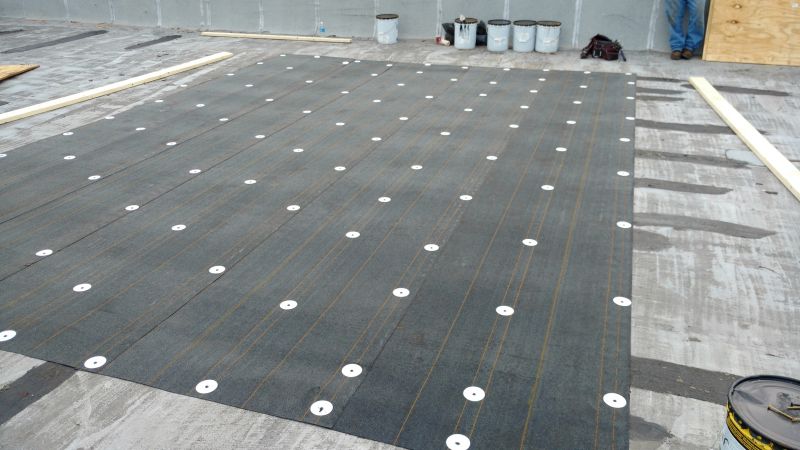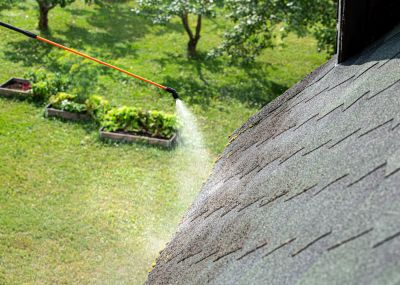Optimal Timing for Roofing Services
Timing for roofing service depends on several factors including weather conditions, roof material, and project scope. Proper scheduling ensures optimal results and minimizes disruptions. Typically, mild and dry seasons are preferred for roofing projects.
Spring and fall are ideal due to moderate temperatures and lower precipitation, reducing delays and ensuring quality work.
Avoid roofing during heavy rain, snow, or extreme heat to prevent damage and ensure safety for workers.
Certain materials, like asphalt shingles, perform best when installed in dry, moderate weather conditions.
Scheduling in advance allows for better resource allocation and minimizes project delays.

Ways to make Roofing Service work in tight or awkward layouts.

Popular materials for Roofing Service and why they hold up over time.

Simple add-ons that improve Roofing Service without blowing the budget.

High-end options that actually feel worth it for Roofing Service.

Finishes and colors that play nicely with Roofing Service.

Little measurements that prevent headaches on Roofing Service day.

A 60-second routine that keeps Roofing Service looking new.

A frequent mistake in Roofing Service and how to dodge it.

Small tweaks to make Roofing Service safer and easier to use.
| Season | Best For |
|---|---|
| Spring | Moderate temperatures and low precipitation |
| Summer | Long, dry days for extensive projects |
| Fall | Ideal for preparing roofs before winter |
| Winter | Less suitable due to snow and cold weather |

Lower-waste or water-saving choices for Roofing Service.

The short, realistic tool list for quality Roofing Service.

Rough timing from prep to clean-up for Roofing Service.

Quick checks and paperwork to keep after Roofing Service.
Interested property owners can contact to discuss roofing needs and schedule services at the most suitable time. Proper planning and timing ensure the durability and performance of roofing systems, making it a worthwhile investment.
